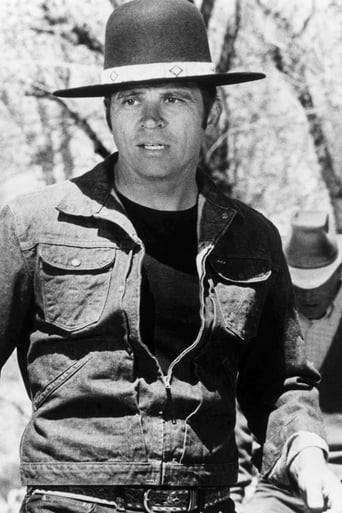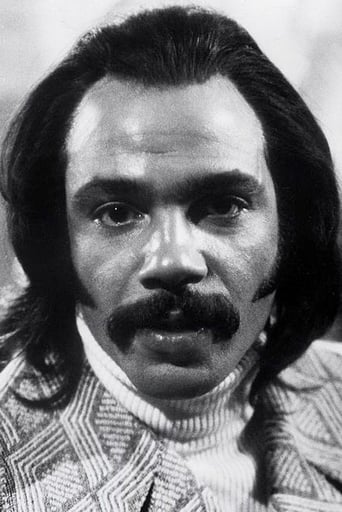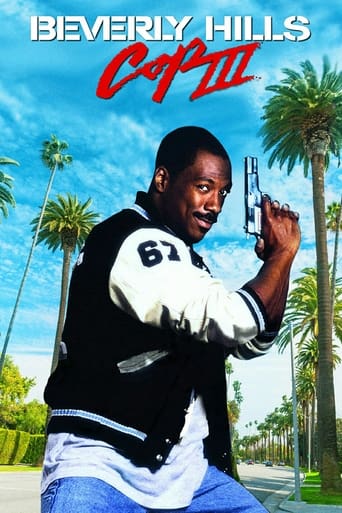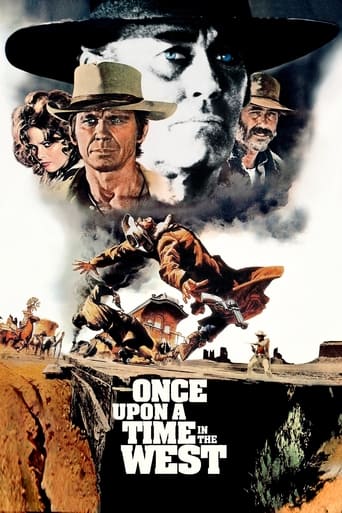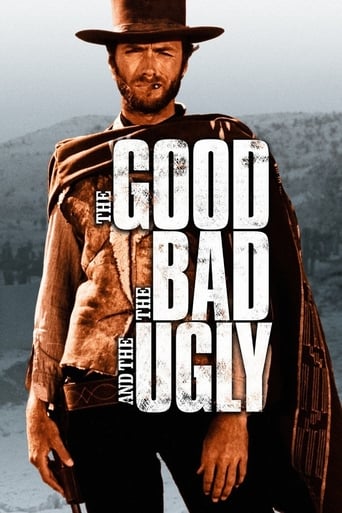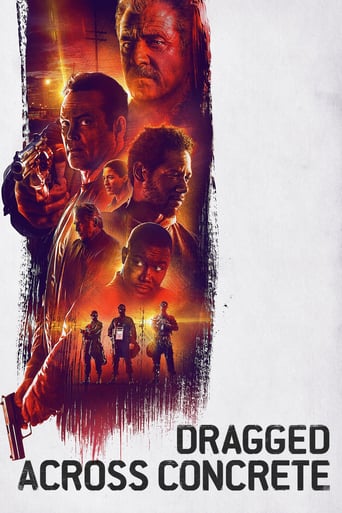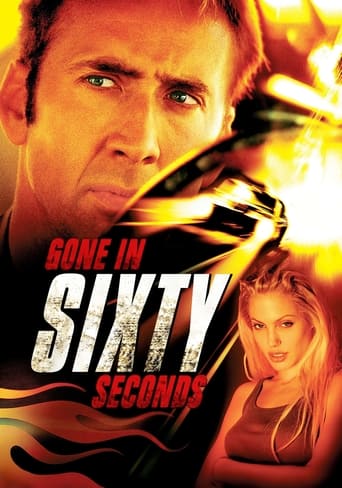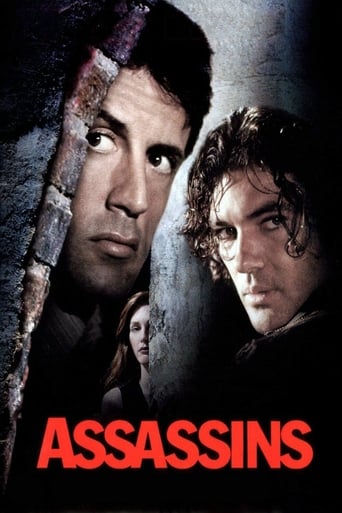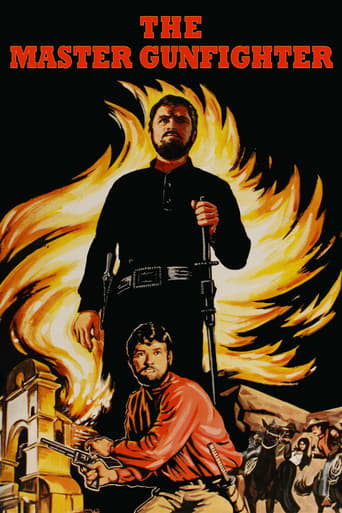
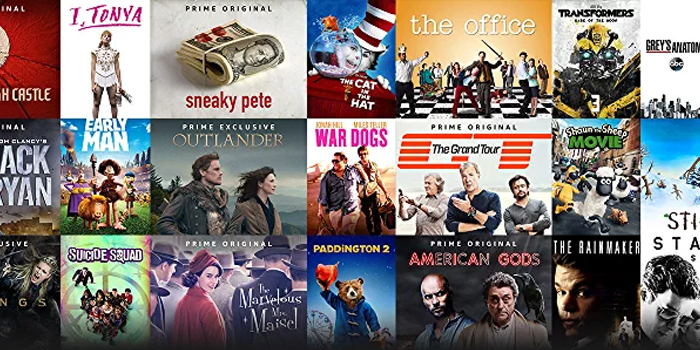
The Master Gunfighter (1975)
Don Santiago (Richard Angarola) is a vicious man who helps provoke an Indian massacre that will allow him to steal the Indians' land and claim it as his own. However, his son-in-law, Finley (Tom Laughlin), is an expert hand with both guns and swords and will not allow him to push around the peace-loving Indians or fellow settlers of the West.
Watch Trailer
Cast
Similar titles
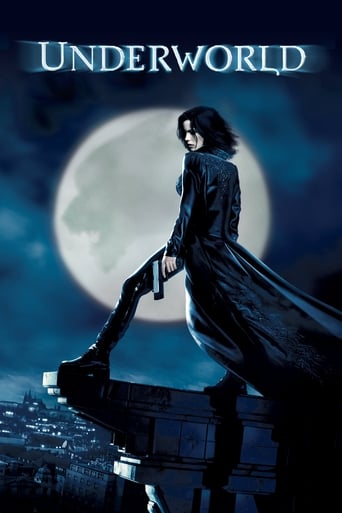
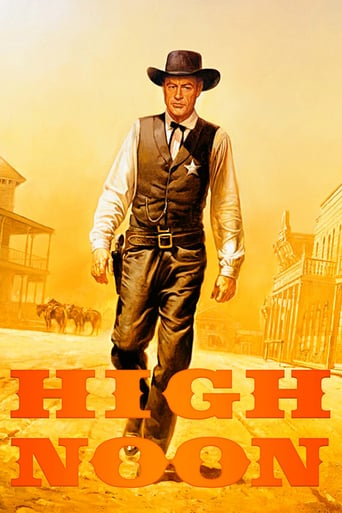

Reviews
This movie was so-so. It had it's moments, but wasn't the greatest.
I wanted to like it more than I actually did... But much of the humor totally escaped me and I walked out only mildly impressed.
I enjoyed watching this film and would recommend other to give it a try , (as I am) but this movie, although enjoyable to watch due to the better than average acting fails to add anything new to its storyline that is all too familiar to these types of movies.
Actress is magnificent and exudes a hypnotic screen presence in this affecting drama.
The challenge is to stay awake! Tom Laughlin might have come across as more menacing if his voice was an octave or two lower. The script makes no sense! Laughlin doesn't want to kill anybody so he rides right into the mess, then acts shy like he doesn't really want to hurt anybody, yet winds up shooting, dicing and slicing folks to pieces! All of this in the name of peace! I liked his 1st two films: "The Born Losers," that 1st introduced his Billy-Jack character, as well as "Billy Jack." His 3rd film, "The Trial of Billy Jack," fell down a bit and I never bothered to watch his 4th film, "Billy Jack goes to Washington." Quite frankly I think the beard was a bit much, and the story line absolutely unbelievable!
SPOILER ALERT! This movie does have its problems it's true, but credit should be given to Laughlin's idea of transporting a Samurai-trained gunfighter into Zorro territory. As in his Billy Jack films racial and moral injustice play a major role and, unfortunately, the United States is the off-camera villain. The wealthy spanish Dons of early California are being taxed to death by the American government and one of the most prominent of the Spaniards, Don Paulo (O'Neal), revisits a plot that has already worked once: enlist a village of Indians to wreck gold-carrying American ships on the coast and plunder their riches, then murder the Indians so no one will know. But the Don has a small problem in the guise of his sister's husband, Finley McCloud (Laughlin) who was brought up in Japan as the son of the American Ambassador and has shared his skill with the Samurai sword with his brother Paulo. Finley is also a master of a one-of-a-kind 12-chambered revolver (nowhere in the movie is it called a LeMat)and having left the family when the first murders are committed he returns to intervene when he learns they're going to happen again. Martial arts in the American West are an interesting combination (check out "Red Sun", "Kung Fu", or the newer "Shanghai Noon" films)and Laughlin's haunted gunfighter-swordsman had great potential which I'm afraid to say usually failed to materialize onscreen. Much of the problem was a screenplay that continually put the hero in situations that made him look foolish: he stares down an adversary after his oversize sombrero has been chopped in two, eliciting laughs, or he hangs helpless from a tree while discussing the conspiracy with the villains. Also Laughlin's character talks too much, especially about himself---"My life as a wandering gunfighter---", ughh,gag. Turning the hero into a clown is a mistake not unique to this movie though; catch Schwarzenegger's embarrassing crying fit while dressed in pajamas and a KKK-hat in the otherwise excellent "Conan the Barbarian", or Will Smith's humiliating dancing-girl disguise in "The Wild, Wild, West"---that movie was excrement, they should've paid me to sit through it. Also bad was Burgess Meredith's mind-numbing narration, which starts the movie on a sour note. The California coast and photography were excellent however, and the costumes, fantastic. The climaxing duel between Finley and Paulo, decked out in their Spanish noblemen finery, is memorable as image, but another misstep in execution. It's obvious that the final confrontation between the two Samurai-pistoleros is meant to pay tribute to Sergio Leone's spaghetti-Westerns, but the pacing is too drawn out and effect is lost in the translation. What an idea though. Even the title---mastery of the pistol is not only a skill, but a discipline. An idea familiar to all fans of martial arts films. So despite the negatives, "The Master Gunfighter" has to be included in the collection of any red-blooded follower of Tom Laughlin---which I definitely am.
This film is set in southern California in the period shortly after California became part of the US. American settlers and the US government discriminated against the Mexican landowners and frequently took their land by force or legal skullduggery. This film focuses on wealthy Latino ranchers whose land and wealth are at risk. They decide to misdirect a US government ship carrying gold so that it will be wrecked and they can take the gold. To prevent themselves from being caught, they plan to massacre the local Chumash Indians. The hero is the now estranged adoptive son, a master swordsman (trained in Japan!) and gunfighter, who tries to prevent this while still saving his family. The plot reflects the sad history of double colonialism in California, the scenery is gorgeous (as is love-interest Barbara Carrera), and the action exciting.
This movie apparently takes place in pre-Civil War California and everybody rides horses instead of Harleys, but other than that it's a typical Laughlin film, except even dumber. Laughlin plays a guy who is trying to save local Indians from being sold into slavery. It's difficult to figure out who exactly the bad guys are, because Laughlin kills whites, blacks, Mexicans, Indians, rich, poor . . . in fact, he blows away just about everybody (in the name of justice and equality, of course). Laughlin's idea of conveying anger (the only kind of emotion he shows in the picture) is to grit his teeth, talk slow and appear to be constipated. He carries an odd kind of shotgun/pistol (which didn't exist at that time, but why quibble...) and a samurai-type sword and proceeds to use both on everyone within eyesight. Fred Williamson, usually a reliable actor, also conveys a lot of anger, but it's probably directed at his agent or whoever got him to agree to do this movie. The story bounces around and goes off into every tangent possible, the "acting" is generally atrocious, the photography at times is so dark it's hard to see anything. Laughlin was apparently trying to make an "anti-Western", but in one respect he falls back on a bit that a lot of B westerns did: he manages to fire a limitless number of rounds from a six-shooter without reloading. Then again, maybe it's supposed to be an early version of a machine gun; that would make about as much sense as anything else in this picture . . .
